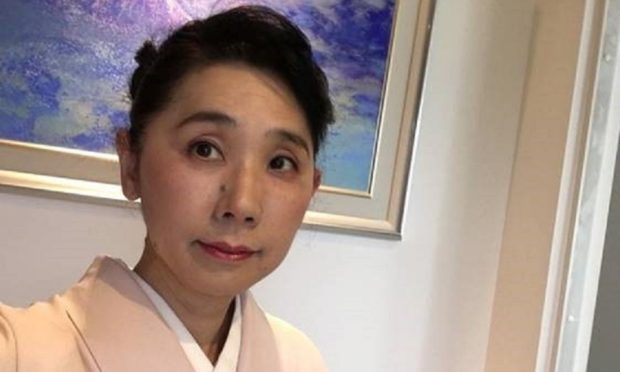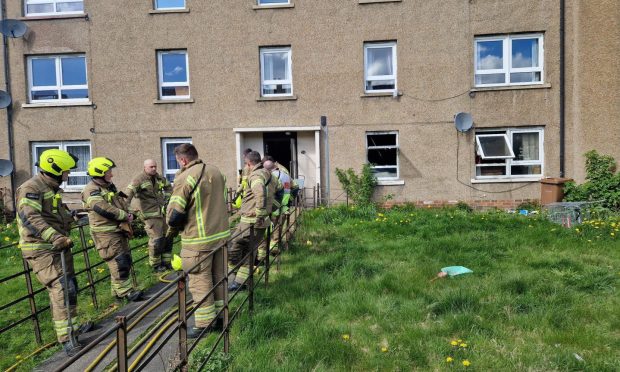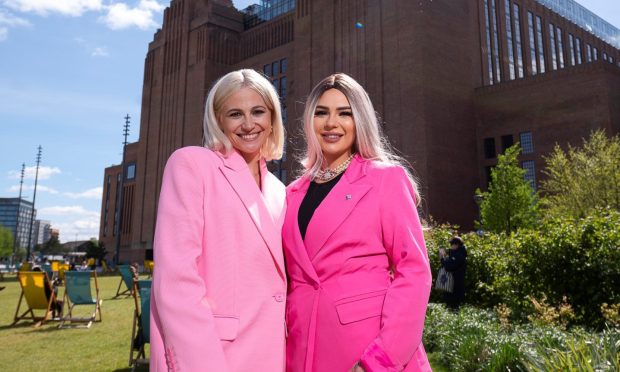A pioneering service in Dundee’s Ninewells Hospital to help and reassure people diagnosed with sight loss is now being replicated in Japan.
The Eye Clinic Liaison Officer (ECLO) service offers both emotional reassurance and practical advice to patients who have been told they may lose some or all of their vision.
Acting as a bridge between health and social services, the initiative has now been taken to Japan by a visiting researcher who has maintained links with Tayside.
Junko Saito Kamo worked for two years in Ninewells Hospital’s department of ophthalmology as a visiting researcher.
She had previously been a cataract surgeon in Nishi Eye Hospital in Osaka.
When she returned to Japan she kept in touch with colleagues at Ninewells and learned about the ECLO service introduced there by national sight loss charity RNIB.
The work of the service in Dundee and elsewhere impressed Junko so much she was eager to introduce a similar model at home.
“In Japan, there is no good liaison between first diagnosis of sight loss and rehabilitation or care,” she said.
“Although we give a patient a leaflet to introduce different routes of care, it is difficult for the visually impaired to move between different services.
“From what I have seen at Ninewells, the ECLO service model works well, as it provides that initial, quick low vision and mental health care. It offers a good link between ECLO staff and the ophthalmologists.
“I was surprised to find out that more than 90 per cent of ophthalmologists in Scotland introduce patients to the ECLO service. In Japan, only ten per cent of ophthalmologists are keen on low vision care.”
She now offers similar service in Yamanashi, west of Tokyo, which runs a low vision clinic two afternoons per month.
“I have written various papers on the ECLO model and been invited to talk about it in Tokyo and Yamanashi.
“The Japan Ophthalmologists Association has now asked me to write about ECLOs, and in 2021 there will be a Japanese congress about low vision rehabilitation and research and I will chair a lecture about the ECLO service.”
James Adams, director of RNIB Scotland director James Adams said: “Our ECLOs provide an excellent service to people diagnosed with sight loss, to deal with immediate needs and also to give information as to where long term support, if needed, can be sought.”










